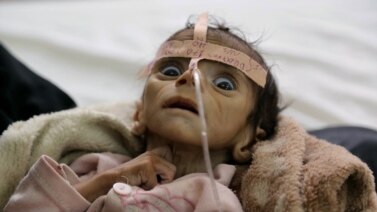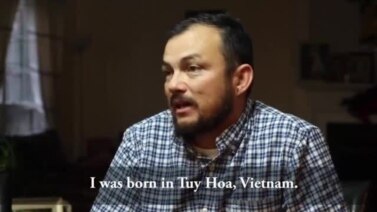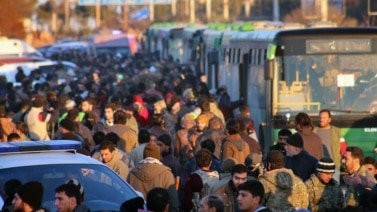
After the execution of Romanian dictator Nicolae Ceausescu in 1989, aid groups visited the country’s many state-run orphanages. All were shocked by what they found.
Rupert Wolfe Murray is a British reporter. He traveled with aid groups to an orphanage for disabled children. “There was no heating, no windows, no bedding, no running water,” he said. It was overcrowded and under supported.
The aid workers also found orphanage records. They showed that in a single year in the 1980s, 30 children had died of cold, starvation and disease.
Similar conditions were discovered at tens of thousands of other Romanian orphanages.
It is a different story today. About 7,000 Romanian children now live in Romanian orphanages compared to more than 100,000 under Ceausescu.
Around the world, governments and private groups are working to get children out of orphanages.
The number of children in orphanages is not confirmed. The United Nations Children’s Fund, or UNICEF, estimates the number is about 2.7 million.
Eastern Europe
In the past, Eastern Europe placed children in orphanages at the highest rate in the world. Now it is the center of the movement to empty them.
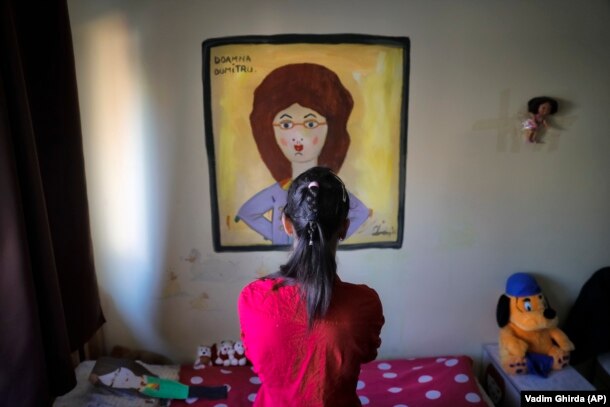
In Moldova, Europe’s poorest country, the orphanage population has dropped from 11,000 to 2,000 since 2011. Aid groups did this by reuniting children with parents and establishing foster-care services.
Neighboring Bulgaria used family-style care centers to remove children with disabilities from state institutions. UNICEF says the Bulgarian orphanage population dropped from about 7,500 in 2010, to fewer than 1,200 children today.
Across the Black Sea, Georgia has had even more success. It reduced the number of state-run orphanages from 50 to two. The number of orphans dropped also, from 5,000 in 2005 to about 75 now, UNICEF says.
However, Romania has made the largest improvement.
The European Union has provided millions of dollars in aid to support Romanian child-welfare reforms. Private aid agencies like Hope and Homes for Children have helped place children with foster families or smaller homes where they experience a more usual childhood.
Stefan Darabus, Hope and Homes’ regional director, says Romania’s next goal is to keep at-risk families together. This helps the children, and costs the state less money than an orphanage placement.
In Russia however, child-welfare reforms have been slower.
After a 2014 Human Rights Watch report found cases of abuse with disabled children in state-run orphanages, Russia created policies to help these children stay with their families or go to family-style centers.
According to Russian officials, the number of children without parents has decreased almost 50 percent in recent years, from about 126,000 in 2011 to 66,000 in 2016. However, there has not been a major increase in adoptions.
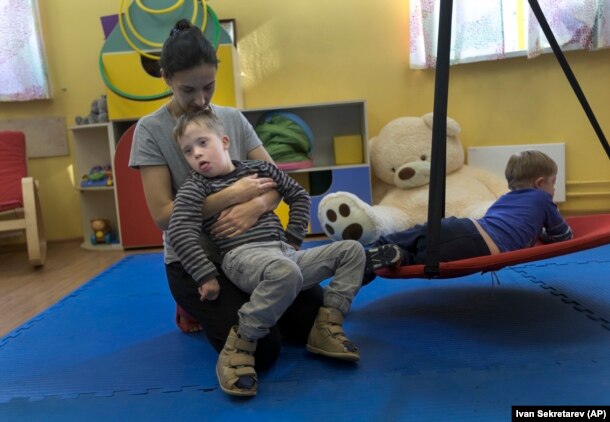
Historically, the Russian government has controlled orphanages. Now, for the first time, a private orphanage exists to care for children with severe disabilities. St. Sophia’s is run by a Russian Orthodox Church in Moscow.
In the past, few Russian families adopted children with conditions such as Down syndrome or cerebral palsy. But St. Sophia’s has placed at least three such children in adoptive homes.
Asia
In China, most orphans are children surrendered because of medical issues.
Many families, especially in poor rural areas, cannot support a child who will face high medical costs. Chinese babies with medical problems would often be left alone in fields and other public and private places, as a result.
In 2011, China responded with an experiment. The government established so-called “baby hatches” attached to orphanages. The hatches provided parents a safe place to leave children they could not care for.
However, many of the programs were suspended after being flooded with hundreds of children.
China now wants to place such children in family settings. Last year, China had about 460,000 orphans. It cared for 373,000 of them through foster care or adoption. Only around 88,000 children went to orphanages.
Still, the number of adoptions in China has steadily fallen, from 44,260 in 2009 to 18,736 last year.
In India, the government says there are 20 million orphans and abandoned children.
Some orphanages receive government inspections to enforce rules of care. However, there are hundreds of privately-run centers that are not inspected.
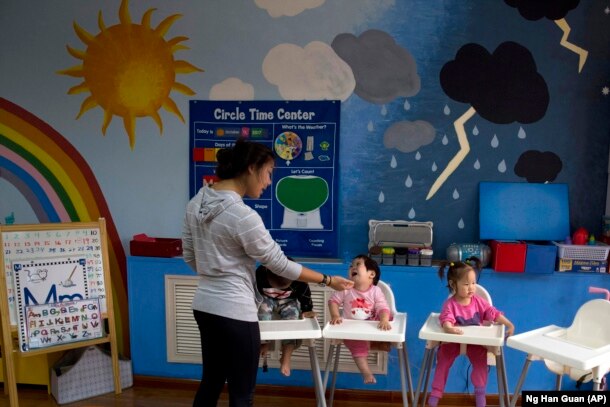
Americas
Haiti suffers from extreme poverty and ever-growing numbers of orphaned children. The government struggles to manage the problem.
There are about 35,000 children in 814 homes, says Haiti’s main social services agency. Officials say most orphans believe their placement to be temporary, so they could receive education and care their families could not provide.
Cases of illegal adoption are common. Haitian parents also report of being tricked into placing children in orphanages seeking international adopters.
The Haitian government created new restrictions on adoption after the deadly earthquake there in 2010. About 150 homes have been closed since 2015. However, new ones have opened to fill the need.
In the United States large orphanages no longer exist. Most orphans and abandoned children enter family home programs, called foster care, or small group homes for children with special needs.
Africa
In Africa, Rwanda plans to close all its orphanages. This is unusual, as there are few services for the millions of children living in poverty.
The director of the Rwanda’s National Commission for Children says 3,323 children were in orphanages when the program began in 2012. Now, the official says, all but about 235 have been reunited with family, adopted, or placed with foster families.
The Rwandan government employs social workers to help children with the change from orphanage life. But critics say the program has moved too fast. There have been cases of families unable to feed their returned children, and some young people from the former orphanages are alone and homeless.
I’m Phil Dierking.
And I’m Alice Bryant
Alison Mutler, Gillian Wong and David Crary originally wrote this story for the Associated Press. Phil Dierking adapted this story for VOA Learning English. Caty Weaver was the editor.
Do you think it’s better for orphans in foster homes, reunited with family, or in orphanages? We want to hear from you. Write to us in the Comments Section or on our Facebook page.
Words in This Story
adoption - n. the act or process of adopting someone or something
child-welfare - services designed to ensure that children are safe
foster - n. to provide the care that a parent usually gives to a child
institution - n. a place where an organization takes care of people for a usually long period of time
manage - v. to have control of (something, such as a business, department, sports team, etc.)
orphan - n. a child whose parents are dead
orphanage - n. a place where children whose parents have died can live and be cared for
